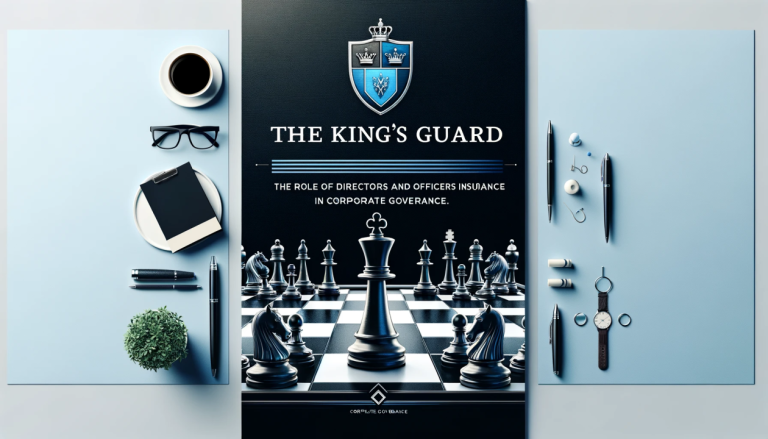Software bug causes client losses
A software development firm releases an update to a client’s e-commerce platform. Unfortunately, the update contains a coding bug that causes the client’s site to crash during a peak sales period. The client loses revenue due to the downtime and upset customers, and they sue the developer for negligence and the financial harm incurred. This scenario would be covered by Tech E&O insurance – the policy would fund the developer’s legal defense and any settlement for the client’s lost income, since the claim is based on an error in the software (a professional mistake).
Missed deadline or project failure
An IT consulting company is hired to implement a new system for a client with a firm deadline (for example, a software deployment that must be live before the client’s big launch). The consulting team runs late and misses the deadline, or delivers a system that doesn’t function as promised. As a result, the client’s own launch is delayed or disrupted and they suffer a financial setback. The client alleges breach of contract and sues the consulting company to recover damages. Tech E&O insurance covers this kind of claim because it arises from the company’s failure to provide the service as agreed.
Data breach due to service lapse
A cloud software provider hosts and manages sensitive customer data for its clients. Now suppose this provider neglected to implement a critical security update or misconfigured a server (an error on their part), and hackers exploit that weakness to breach a client’s data. The client then faces regulatory penalties and lawsuits from their customers, and in turn the client sues the provider for not preventing the breach. In this case, Tech E&O insurance would help cover the provider’s liability for the client’s losses. (Meanwhile, the provider’s cyber insurance policy would handle the direct costs of breach response, but the lawsuit by the client alleging negligence falls under E&O)
Failure to meet specifications (breach of warranty)
A tech startup develops a custom software solution for a client, with certain performance benchmarks written into the contract (for instance, that the application can handle 1,000 concurrent users). If the delivered software fails to meet those specs – say it crashes or slows to a crawl at 300 users – the client may claim the startup breached the warranty or agreement. The client could demand compensation for the product not performing as guaranteed. This type of claim, where the service didn’t live up to contractual promises, is common and would be covered by Tech E&O insurance.
Intellectual property infringement
A software company might inadvertently incorporate a piece of third-party code or a design element into its product, mistakenly believing it to be free to use. Later, it turns out that code was proprietary or patented by someone else. The third party could sue the software company for copyright or patent infringement. Many Tech E&O policies include coverage for certain IP infringement claims related to your service or product. So if a client or third party alleges that your tech product wrongfully used their intellectual property, your E&O insurance can cover the legal defense and any settlement or judgment. (Intentional IP infringement is not covered, but these claims often involve alleged unintentional use of others’ tech or content)
Misrepresentation or negligent advice
In the course of selling a technology service, a provider might unintentionally overstate what their product can do or omit important details. For example, a software vendor claims their solution will integrate seamlessly with a client’s existing database. If that turns out to be false and the integration fails or is problematic, the client could sue for misrepresentation, arguing they were led to believe the product would meet a need that it didn’t. Similarly, an IT consultant might give advice that later proves incorrect and causes the client financial harm. Tech E&O covers claims of negligence or misrepresentation like these, since they stem from the professional service provided.
These examples illustrate how varied Tech E&O claims can be – from technical errors (bugs and glitches) to project management issues (delays, unmet specs) to even legal issues like IP rights. In each case, the common thread is that a client (or sometimes a third party) is alleging the tech company didn’t live up to its professional obligations, resulting in a financial loss. Tech E&O insurance is designed to handle exactly these situations: it provides the resources (lawyers, and funds for settlements or judgments) to address the claim, allowing the tech company to resolve the issue without being financially crippled.
Without E&O coverage, any one of these scenarios could be financially ruinous, especially for a smaller tech firm. The costs of defending a lawsuit – even if the company ultimately isn’t found at fault – can be extremely high. That’s why tech businesses of all sizes make sure to carry E&O insurance as a critical part of their risk management strategy. Of course, knowing these common claim scenarios also helps companies take preventive steps (like thorough testing to catch bugs, clear contract language to set realistic expectations, strong security practices, etc.). But if something does slip through the cracks, Tech E&O insurance is there to back you up when a claim arises.

























































































































